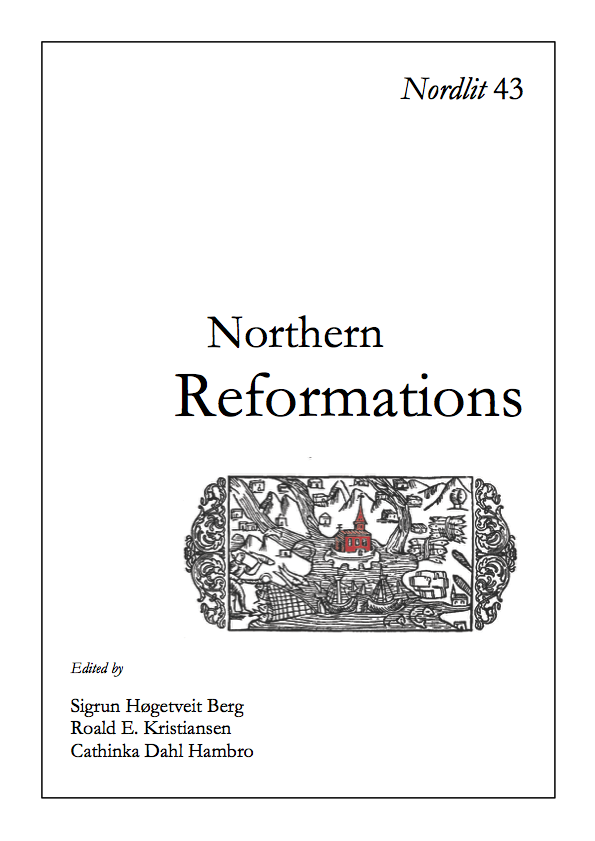Orkney, Shetland and the Networks of the Northern Reformation
DOI:
https://doi.org/10.7557/13.4904Keywords:
Orkney, Shetland, Bergen, Norway, ReformationAbstract
This article explores the possible implications of the relationship between Orkney and Shetland and Norway for understanding the spread of the Reformation, focusing on the period between the late 1520s, when Reforming ideas began to be preached in Bergen, and 1560, when the Reformation was introduced into Scotland, including Orkney and Shetland. Draws on a scholarship which has shown the importance for the Reformation of language, trade, migration and urban/rural distinctions it investigates tantalising hints of contact between Orkney and Shetland, Norway (particularly Bergen) and Germany in questions of religion. This article does not seek to revise current understandings of the relationships of Orkney and Shetland to Scotland but seeks to explore what insights into (proto-)Reformation processes in Orkney and Shetland when possible influences from debates the Norwegian context – specifically Bergen – are considered alongside the influence of Scottish debates about religion. It concludes that whilst there is some evidence of contacts between individuals and that these contacts must have had aspects which related to religious practice, both the rural nature of Orkney and Shetland communities, and their relative isolation, meant that Reformation ideas were slow to take hold.









